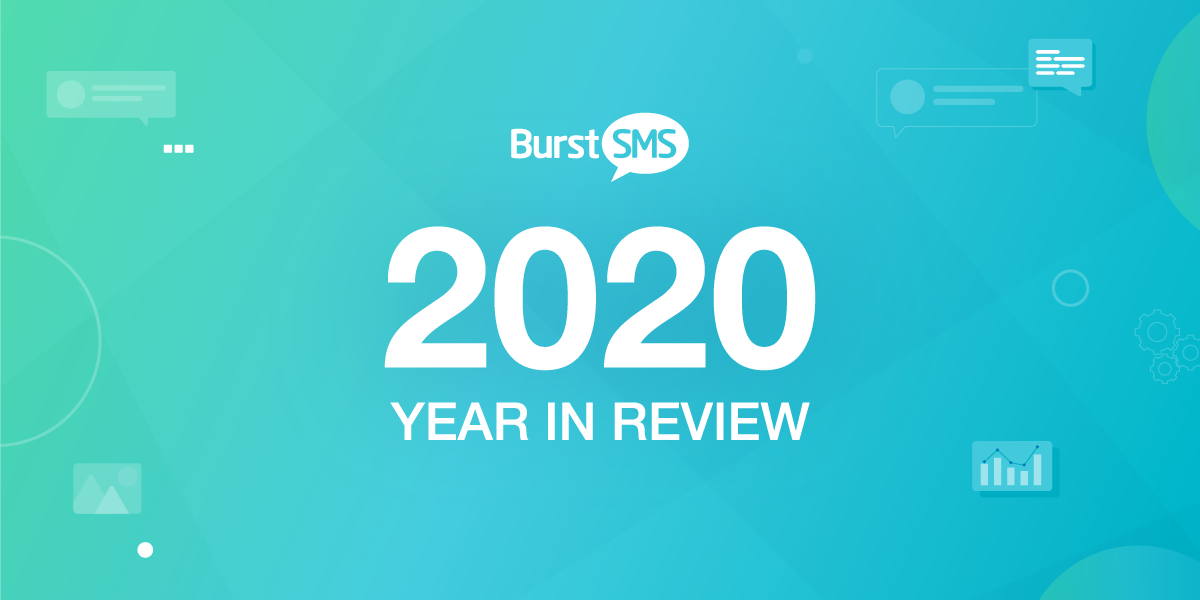How to manage your team’s health while WFH (Part 4)

Welcome to the final edition of our WFH series. If you’re here by chance and haven’t had the opportunity to read our previous articles, follow any of the links below to catch up.
- Building a Strong WFH Culture (Part 1)
- The Trials and Tribulations of Switching to a WFH Operation (Part 2)
- Optimising internal communications while WFH (Part 3)
Today, however, we will be discussing how you can help manage your team’s health while WFH.
While adapting your business to your new WFH situation can be a challenge; keeping your team and coworkers happy and healthy should be the real priority. Your company depends on the health of your organisation, and your workers are the ones that keep the gears turning in your business. Managing your team’s health can be subjective, however, we’ve had plenty of time to learn how to manage our teams here at Burst SMS, and we are more than happy to share our experiences.
Modify your management philosophy
A prominent theme across the Burst WFH series focuses on change, adaptation, and the ability to take advantage of a challenging situation. Here at Burst, we follow a philosophy which recognises that people should be given room to work. Instead of applying a strict level of control over employees, which has been scientifically proven to reduce productivity in the long run, it’s more productive to have your team work comfortably at their own pace.
Brad Down, the co-founder of Burst SMS, strongly believes in following this work philosophy:
— Brad Down, Co-Founder
WFH offers many challenges when it comes to workplace efficiency. The take away from moving an entire business operation from one environment to another means that not everything can, will or should, stay the same. Especially for a business that hasn’t ventured much in the realm of remote work, business policies and strategies will be forced to adjust whenever necessary, so it’s essential to keep an open mind.
If you are a team leader that has followed a more “hands-on” approach to your businesses processes, this might be the time to change your management strategy. Take into consideration that, while working from home, you’ll naturally have less control over your team members, and that’s OK. A great leader knows when to let their team members work, and when to support them. Keep a balance of having team meetings and giving space for your team to work, but more importantly, be patient. Let them know that you are there to help whenever they need it, and you’ll soon see a rise in the quality of work and a team that is more open to talking.
Challenge your team to try something new together
WFH home offers a special kind of monotony for the average worker, as many people may be struggling to find ways to stay focused. Team bonding and development exercises become even more vital in this case, and thankfully, WFH doesn’t mean that you are restricted from doing activities as a team.
For Matt Child, Sales Director at Burst SMS, WFH doesn’t need to impede the way your team works or bonds together.
— Matt Child, Sales Director
Trying new group activities or even adapting older group traditions to a WFH situation is a solid strategy, and is something we at Burst also strive to accomplish. There are plenty of ways to reinforce team cohesion, such as learning new programs or tools together or organising daily or weekly talks and updates.

Group surveys are a great way to get the team involved, as they will participate in choosing which activities we plan to do. They can also be used to check-in on team morale. As we mentioned in our previous WFH articles, utilising tools and integrations such as Polly or HeyTaco can help improve your team’s relationship, and keep them happy in the process.
You can also conduct quick surveys via SMS in your organisation by simply sending out a single message, and allowing employees to text in their feedback.
Embrace a new kind of casual
Every business usually involves some semblance of casual “down-time” where team members can get together for casual conversation or activities to destress. The reality, however, is that the balance of work, socialisation, and team bonding is now more tedious than ever to organise. Moving your business to a WFH position, it makes it harder for team members and business leaders alike to find time for casual catch-ups.
Casual conversation and productivity are more closely linked than you might realise. Studies have shown that “water cooler” conversations can improve the well-being of workers and increase worker happiness by 86%. These conversations build and nurture camaraderie, and allow workers to reap several more benefits such as:
- Reducing social anxiety by conversing with an attentive and friendly audience
- Creates an opportunity to get comfortable interacting with management
- Improves collaboration and helps develop new ideas and solutions through discussion
- Makes everyone more approachable by building trust

Working from home doesn’t need to stop this kind of interaction. Consider scheduling weekly talks with your team and fellow workers through video calls tools such as Skype or Zoom, and try to make it a common occurrence. Being able to see everyone and to drop-in with some casual talk once in a while will help make working in a lockdown feel more familiar and will help your team become more comfortable with each other in the long run.
Final Thoughts
Maintaining a healthy balance for yourself and your team during quarantine is no doubt a challenge; but still very doable. Among the many themes that we have discussed here in this WFH series, patience is one that cannot be emphasised enough. As a team leader or manager, maintaining and improving the business is always essential, but keeping tabs on the people that move your business forward is even more critical.
In this quarantine situation, it’s necessary to recognise that your team, much like your business, will need your guidance to make working from home as optimal as possible. Working from home doesn’t need to be viewed as a problem, but rather a new challenge to help your team improve workplace engagement. By following the above tips and ideas that we at Burst are doing ourselves, you’ll see that WFH won’t be much different from working shoulder to shoulder at the office.


